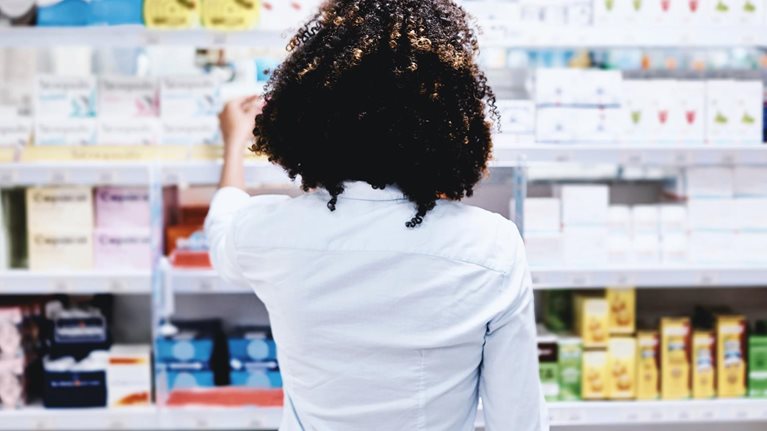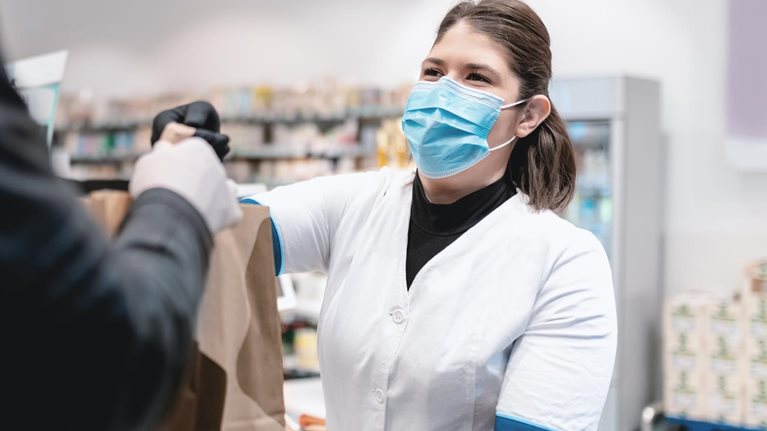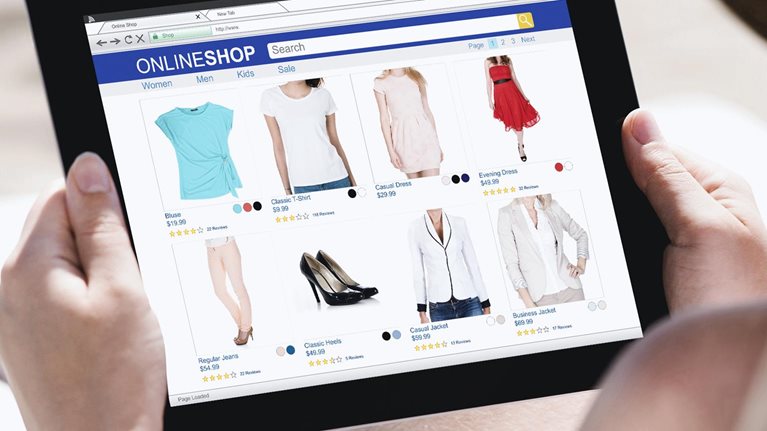As the world begins its slow pivot from managing the COVID-19 crisis to recovery and the reopening of economies, it’s clear that the lockdown has had a profound impact on how people live. The period of contagion, self-isolation, and economic uncertainty will change the way consumers behave, in some cases for years to come.
These rapid shifts have important implications for any consumer-facing company. Because many of the longer-term changes are still being formed, companies have an opportunity, if they act now, to help shape the next normal. Three takeaways are emerging from our efforts to form a holistic view of the new post-COVID-19 consumer:
- COVID-19 is changing how consumers behave across every aspect of their lives. As consumers sheltered at home, adoption of new digital services took place at a blistering pace. In addition to growing health and hygiene concerns, economic recession, and the related decline in consumption, the scope of the change to people’s lives is staggering.
- Broad shifts to new behaviors hide significant variations. Consumer behaviors will likely fluctuate until we reach the next normal. How long they stick will depend on a range of factors including satisfaction with new experiences, demographics, infrastructure, and the severity of the recession.
- Companies must rethink how and where they connect with consumers. They should expect to encounter structural challenges and upheaval across multiple dimensions. Overall consumption is shrinking, the shopping basket is undergoing a significant change in mix, and consumers are changing the ways they get their information.
Would you like to learn more about our Marketing & Sales Practice?
1. COVID-19 is changing how consumers behave across every aspect of their lives.
COVID-19 has had a devastating effect on people’s health and well-being on a global scale. One of the most striking features of the pandemic is how broad its impact on consumers’ lives has been. We took a closer look at what that means in eight areas to get a better understanding of how consumer habits and preferences are changing.

Home
During lockdown, the home has become a multiverse. It’s where we work, eat, play, and connect with our families and friends. Even as overall consumption has declined, the portion allocated for at-home categories has climbed. Over the months of social isolation, consumers’ net intent to take part in a variety of activities in the home has shifted, with an increase of 54 percentage points for cooking, 30 to 40 percentage points for at-home entertainment, and 22 percentage points for home improvement. Similar shifts were seen across the globe.
Shopping
Overall, consumption will continue to decline—a 12 percent drop in private consumption is anticipated in the United States over the next two years, with recovery to pre-crisis levels only by 2023–24. What we buy has changed across categories. Think fewer cosmetics and more flour. The explosion of small brands, underway before the pandemic, has given way to a strong preference for global A-brands. After years of growth, out-of-home consumption has almost disappeared; many of us have stopped going to stores entirely. In many markets the surge in e-commerce has compressed the equivalent of several years of growth into just a few months.
Work
For many workers, the office is now in the living room. For the cohort still able to work during the pandemic, work is largely remote and digital, with a sharp uptick in the use of digital collaboration tools. Zoom’s daily user base grew from ten million people to 200 million in three months, and Slack’s paying customers have doubled. At the same time, there has been an enormous rise in unemployment, which is expected to reach approximately 15 percent when 2020’s third-quarter results for the United States are complete.
Health and well-being
Public health and uncertainty about the length of the pandemic became the primary consumer concerns during the lockdown, with 68 percent saying they were very or extremely concerned. Self-care has climbed up the priority list for most consumers. Here, too, digital is playing a larger role as the use of e-pharmacy and e-medicine accelerates. Of consumers who had to cancel medical appointments during the lockdown, 44 percent accessed telehealth options, and online searches for telemedicine increased more than ninefold.
Learning
By necessity, learning and studying went virtual, driving adoption of new tools. The user base for remote learning services grew by 120 percent. The shift of learning from outside the home to inside has blurred the lines between learning and leisure.
Entertainment
Consumers stuck at home are spending more time but likely less money on their entertainment, as the trend toward digital options accelerates. Downloads of gaming apps increased more than 30 percent, year over year, while 45 percent of consumers report using more online streaming services at home. Netflix added 16 million subscribers in five months while Disney+ nearly doubled its subscriber base to about 50 million—a feat that took Netflix seven years. Popular out-of-home activities are trying to adjust to this new reality, with Nascar and the NBA launching online product offerings, the J. Paul Getty Museum creating virtual tours, and the Metropolitan Opera streaming performances.
Travel and mobility
Consumers are staying home in droves. Tourism has been almost entirely grounded, with airline travel declining 90 percent overall. At the same time, there is an emerging preference for avoiding public transport and high-density transit hubs, which has decreased demand for on-the-go consumption. While it might take years for international travel to recover to pre-crisis levels of demand and supply, domestic travel could rise much sooner as consumers start summer vacations.
Communication and information
Overall, media consumption has increased in almost all channels (see sidebar, “The Digital Shift”). Forty-three percent of consumers are watching more television, 40 percent are using more social media, and 28 percent are listening to more radio. Readership of online news has risen 39 percent. What’s not gaining? Print media, where the ongoing decline has worsened with a 33 percent drop in readership.
2. Broad shifts to new behaviors hide significant variations.
While headlines have been prone to making sweeping statements about our new digital world, the reality is that the pace at which we arrive at the next normal, and the route we take to get there, will be anything but uniform. The forces driving behavior changes will likely continue at differing strengths over the next six to 24 months, with frequent starts, stops, and resets.
Whether the new behaviors fade out or last into the next normal depends on a number of factors. We have found significant variance in the adoption of new behaviors across four main dimensions:
Consumer experience
Are the new behaviors appealing and a good experience? Are they more satisfying than the behaviors they replace? The answer to these questions will have a significant effect on whether new behaviors will stick. In Italy, for example, 60 percent of consumers shopped online during the crisis, but fewer than ten percent found the experience satisfying. This suggests there will be only a limited uptick in long-term e-commerce use by Italy’s consumers. China, on the other hand, has seen a high level of new adoption with a high percentage of consumers indicating they will continue shopping online after the pandemic.
This reality is also playing out in the health sector. While use of e-pharmacies and e-doctors has doubled or tripled in the United States over the course of the crisis, only 40 to 60 percent of consumers express an intent to continue using those services. Providers who want to retain those consumers need to get beneath those numbers and figure out where the services fall short. By testing solutions, they can improve the chances that consumers will embrace their services even after the crisis abates.
Country
Although trends are similar across countries, their strength varies. Overall, we see four country archetypes emerging:
- Temporary setback. In China, the economic impact of COVID-19 is likely to be just another bump in the road, and so trends such as trading down or declines in discretionary spending will be less intense than elsewhere. China’s relatively rapid recovery from the pandemic has allowed it to move ahead faster than other countries. Trends that were already in place, such as a preference for relatively low physical contact and a high focus on hygiene when shopping, or the high penetration of digital across all areas of life, will accelerate. But because China had large numbers of consumers already using digital and remote channels before the pandemic hit, the change in digital adoption rates will not be as great as elsewhere.
- Big shock. In developed countries like the United Kingdom and the United States, the economic shock has been large. As during the Great Recession of 2008–09, we expect to see large long-term cuts in discretionary consumer spending and a significant amount of trading down. E-commerce acceleration is expected to largely stick due to a well-developed delivery infrastructure. Health and safety concerns are pronounced in the United States and the United Kingdom. Data seem to indicate that the long-term uplift in health and safety awareness is also likely to be significant.
- Big shock, lower digital adoption. In developed countries within continental Europe, such as France, Germany, Italy, and Spain, the economic shock will be just as large as in the United Kingdom and the United States, leading to declines in discretionary spending. Moreover, countries with businesses dependent on foreign-tourist revenue, such as high-fashion stores in Paris or Rome, will suffer disproportionately. E-commerce acceleration in continental Europe is less likely to stick than in the United Kingdom, the United States, or China, as many of the new adopters have not had satisfying experiences due to the relatively poorer infrastructure for delivery and online engagement.
- Digital acceleration. The impact on developing markets such as India and Brazil is less clear and will largely depend on how well these countries manage the crisis in the months to come. However, it is highly likely that COVID-19 will accelerate the trend toward digital, albeit from a low base.
Consumer segment
While many consumers overall have been adopting new behaviors, there are significant generational and cohort differences. Gen Z, for example, which had a high degree of digital adoption pre-COVID-19, is unlikely to exhibit a significant increase, but the survey indicates that they are much more likely to be economically impacted by the crisis due to their disproportionate exposure to self-employment and, in particular, to the sharing economy. Income disparities also seem to be driving pronounced behavioral differences across consumer segments. The more affluent have not been feeling the economic impact as much as other cohorts and will have more means for digital acceleration compared with people living paycheck to paycheck. Segments will not be the same in every country. The consumer-sentiment data shows, for example, that retirees in the United States are not expected to feel the economic pinch as much as retirees in China.
Values
Behaviors that are driven by personal values, such as sustainability or the desire for personal interaction, are apt to vary in their long-term adoption rates across countries and regions, depending on local infrastructure and other conditions (exhibit). Some behaviors that look deeply embedded now could regress. For example, when restrictions ease, will there be a backlash against remote experiences and a drive for physical reconnection? The emphasis on health and hygiene that has led to an increase in single-use plastic reversed some of the preexisting focus on sustainability. Will that last or will consumers come to see COVID-19 as a wake-up call, a glimpse of the potentially catastrophic consequences of climate change?

In addition to these factors, consumer-facing companies should take into account that habits which were accelerated rather than initiated during the pandemic are also likely to be stickier. And, of course, any of these habits must attract a critical mass before they become a real part of the next normal.

Consumer organization and operating models for the next normal
3. Companies must rethink how and where they engage with consumers.
With the World Health Organization (WHO) stating that COVID-19 will be with us for some time, companies must prepare for a rapidly changing environment that may bounce between periods of lockdown and transition. As consumers go in and out of these cycles, the new trends may wax and wane, but they will mostly persist until we move past the transition phase for good.

As these new behaviors solidify, companies will need to adapt to fundamentally different consumer preferences and behaviors regarding how consumers get their information, what and where they buy, and how they experience the product or service. Many companies will need to increase their investment in insights and plan to stay on top of the changes. As consumer-facing companies look at the landscape of a changed consumer journey, they should focus on key points of engagement with their customers:
How consumers get information
With many consumers switching brands, raising awareness of one’s brand to improve its consideration is crucial for marketers. At the same time, a flight to online sources for information and entertainment has increased the importance of digital channels. Marketers hoping to reach consumers need to meet them where they are. Increasingly, that’s online.
What consumers purchase
With health concerns paramount, both shopping the aisles and going through checkout need to become as touch-free as possible. Already, consumers concerned about infection have moved decisively away from cash payment to cashless systems and credit cards. Getting customers to buy will require an omnichannel experience that includes drive-through, curbside pickup, and other delivery options that cater to the new emphasis on health, safety, and convenience.
We have also seen shoppers migrate to established large brands in a desire to seek out trusted sources. Given the likelihood of continued uncertainty, companies should focus on efforts to renew and build trust with consumers through excellent shopping experiences and in the way they engage with the community during this difficult time.
Where consumers purchase
Online shopping has surged, but a significant amount of shopping will still happen physically in stores. The new hierarchy of needs will put health and hygiene at the top of the priority list. Retailers should rethink store layouts and opening hours to make in-and-out shopping safe and quick. They also need to optimize for a different kind of shopper, most notably, one who shops less frequently and consumes less overall—but buys more per shopping trip.
Store assortments will need to evolve as well, to reflect new economic realities. Value will become increasingly important along with catering to the demand for multiple price points. High-growth categories are likely to include household essentials and health, while highly discretionary categories will most likely see a drop in demand. There will be increased opportunity for both large national brands and store brands.
How consumers experience
With consumer preferences changing rapidly, retailers and other consumer-facing companies need to provide a strong feedback loop. That means improving their ability to collect data and qualitative feedback to stay ahead of the trends.
Given the long list of things consumer-facing players might need to undertake in the short-to-medium term, it is crucial to plan ahead. A short diagnostic exercise will help companies to identify their biggest opportunities and risks and to prioritize actions in response.
While the details of the next normal are still unclear, its overall contours are coming into focus. Because many of the longer-term changes are still being formed, companies have an opportunity, if they act now, to shape a positive future.



